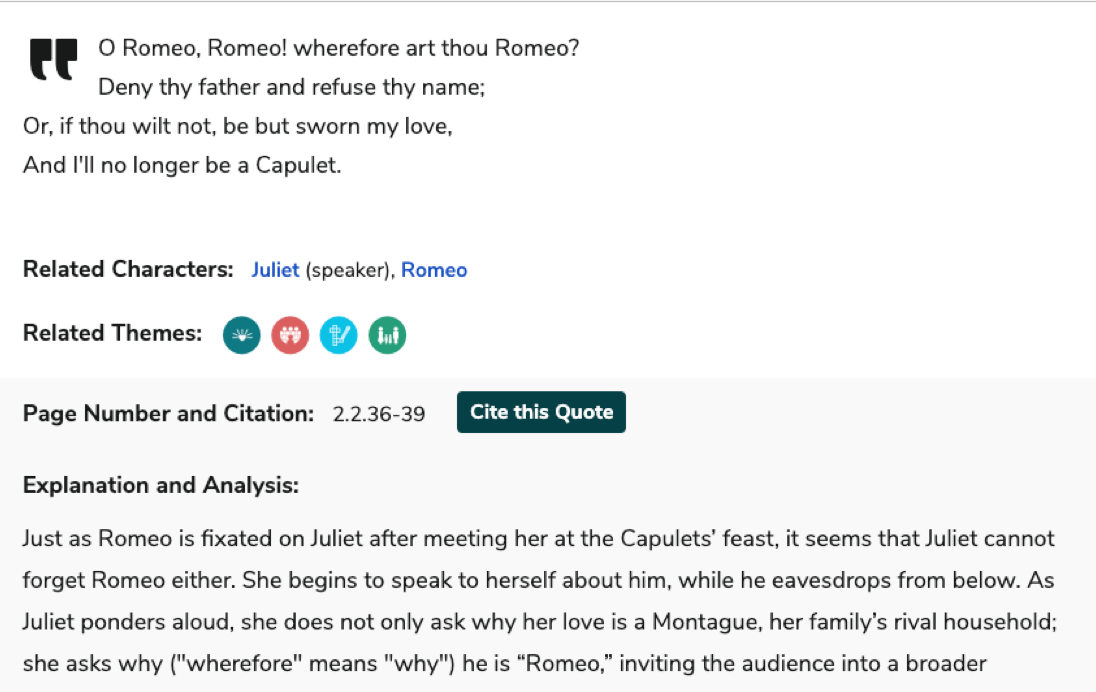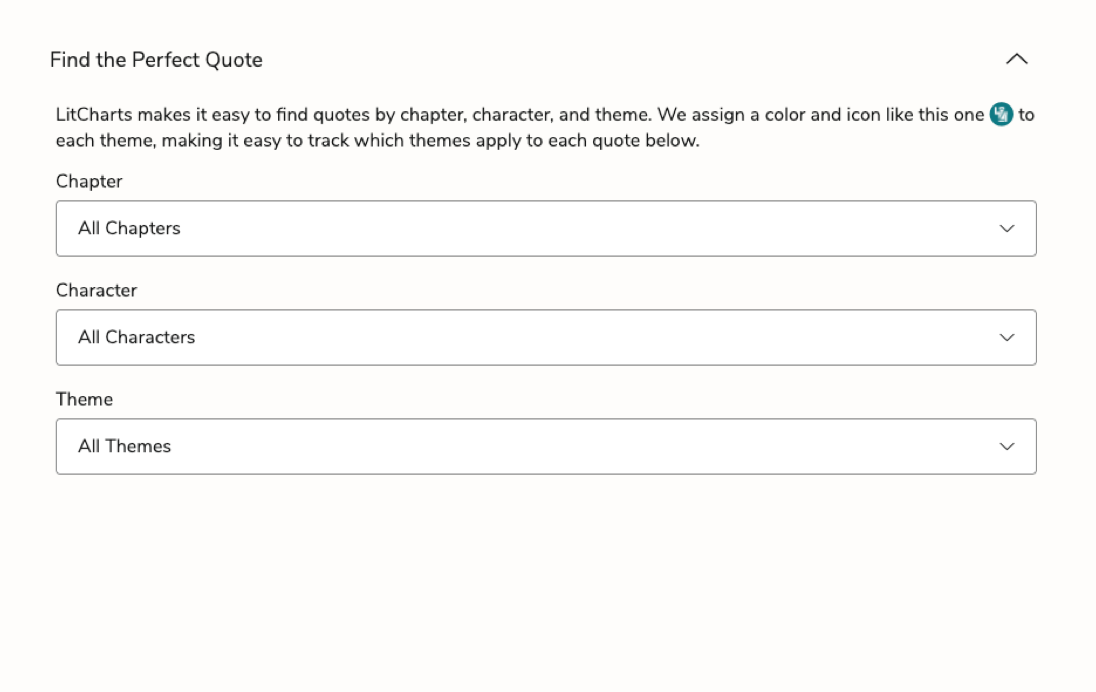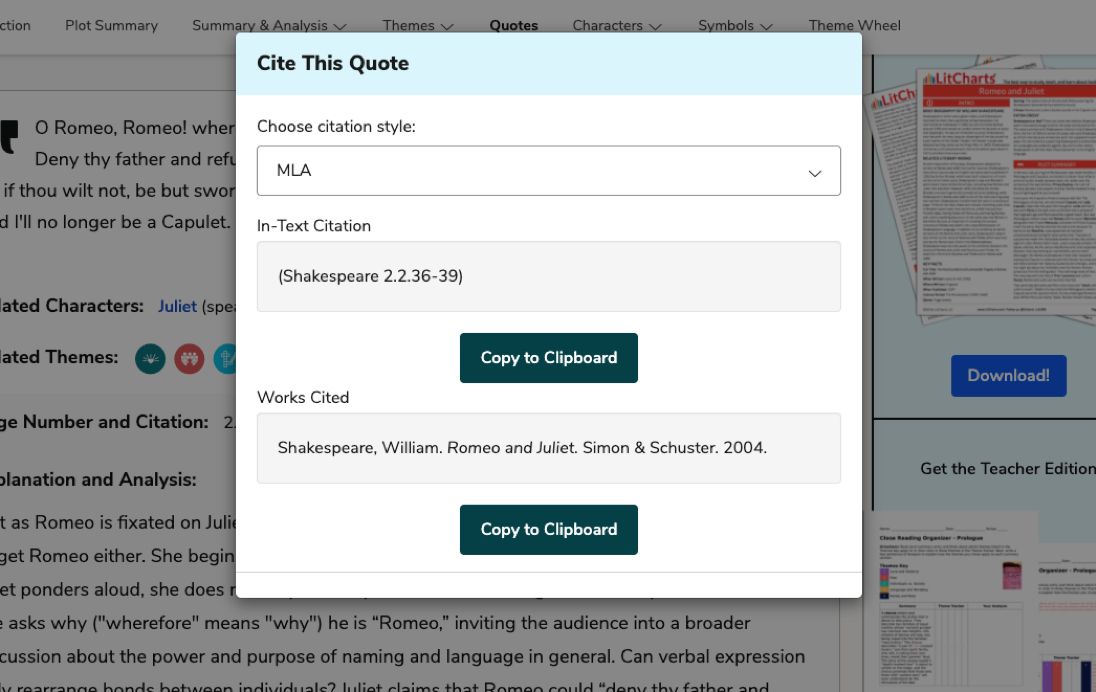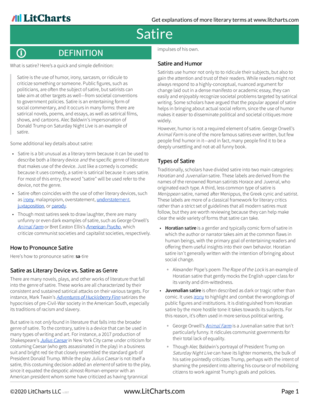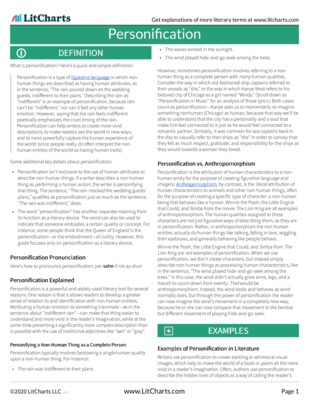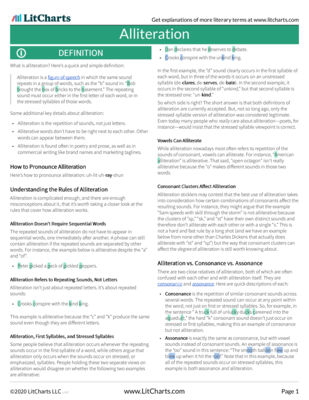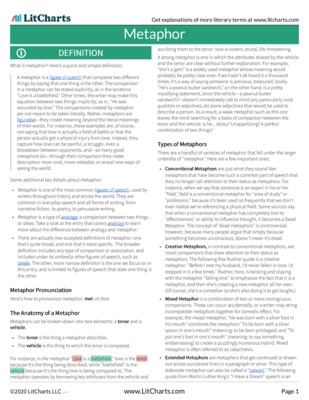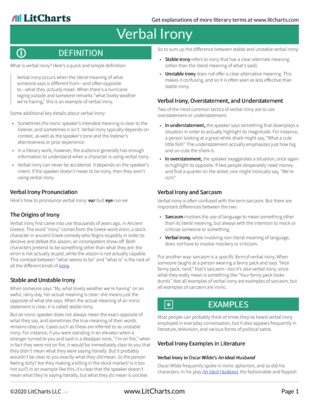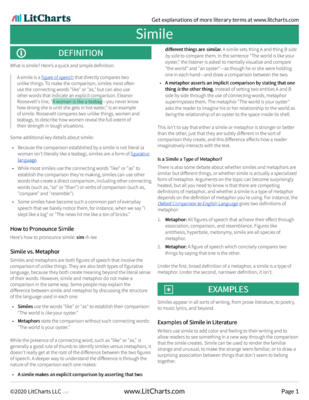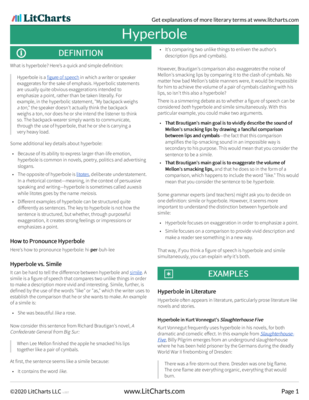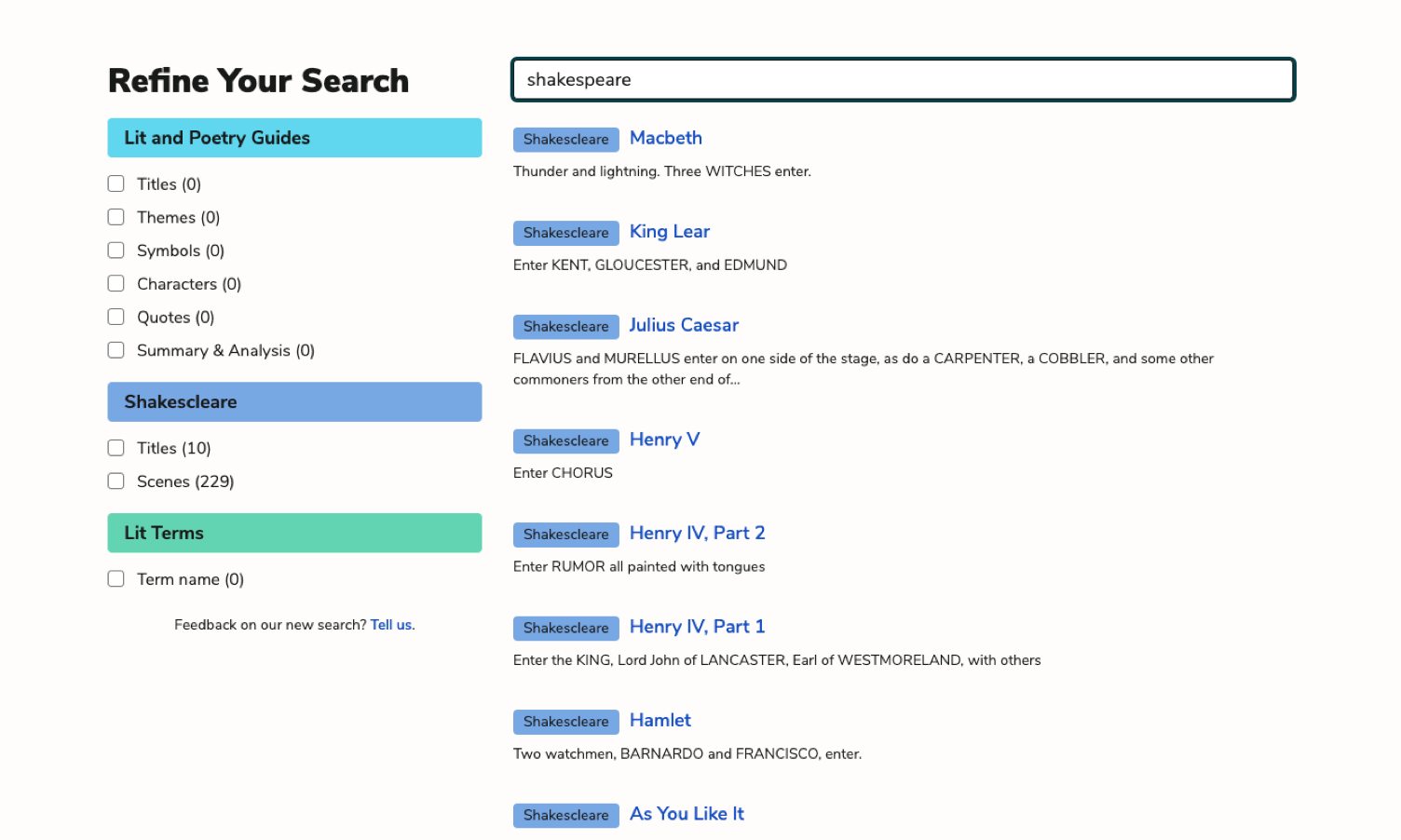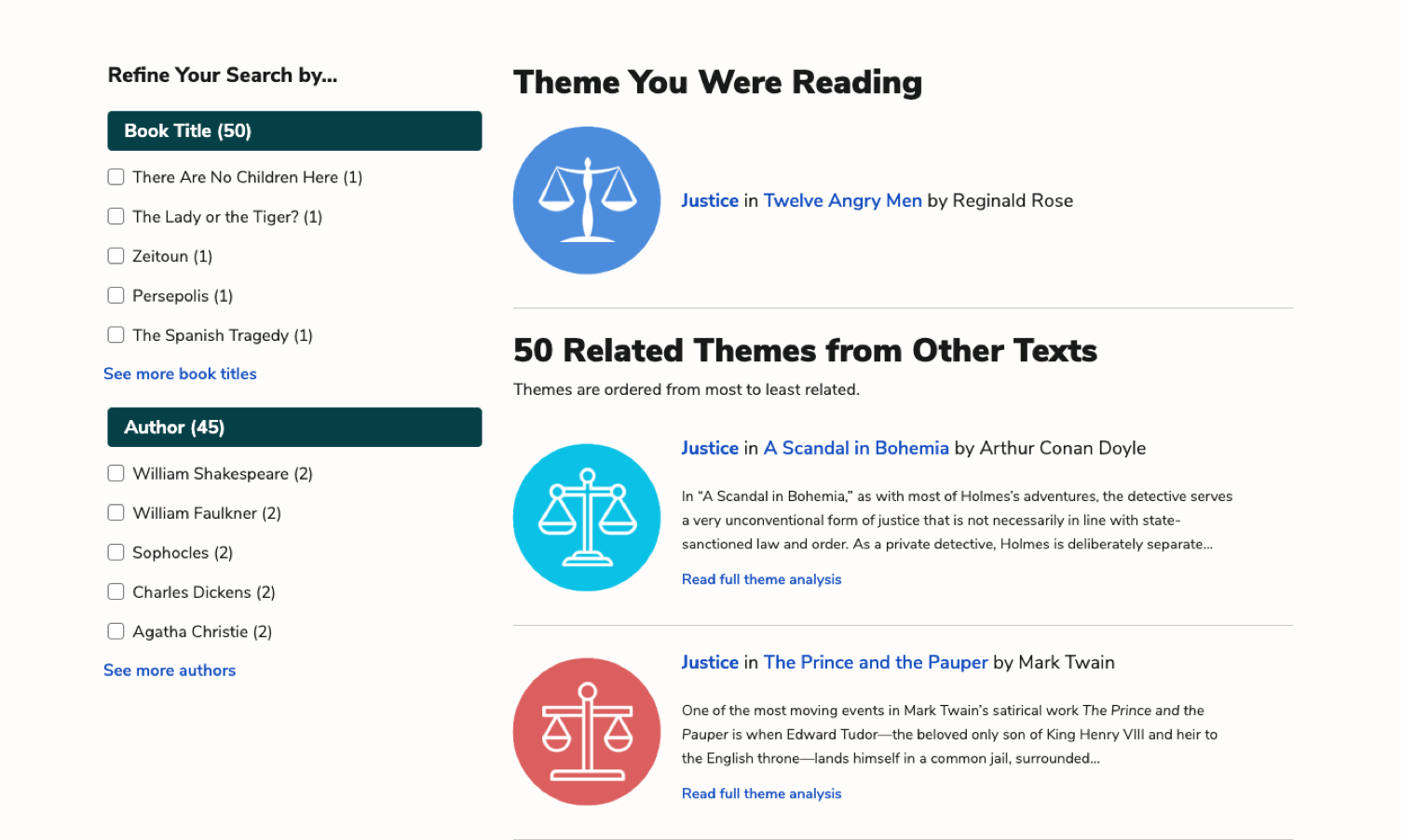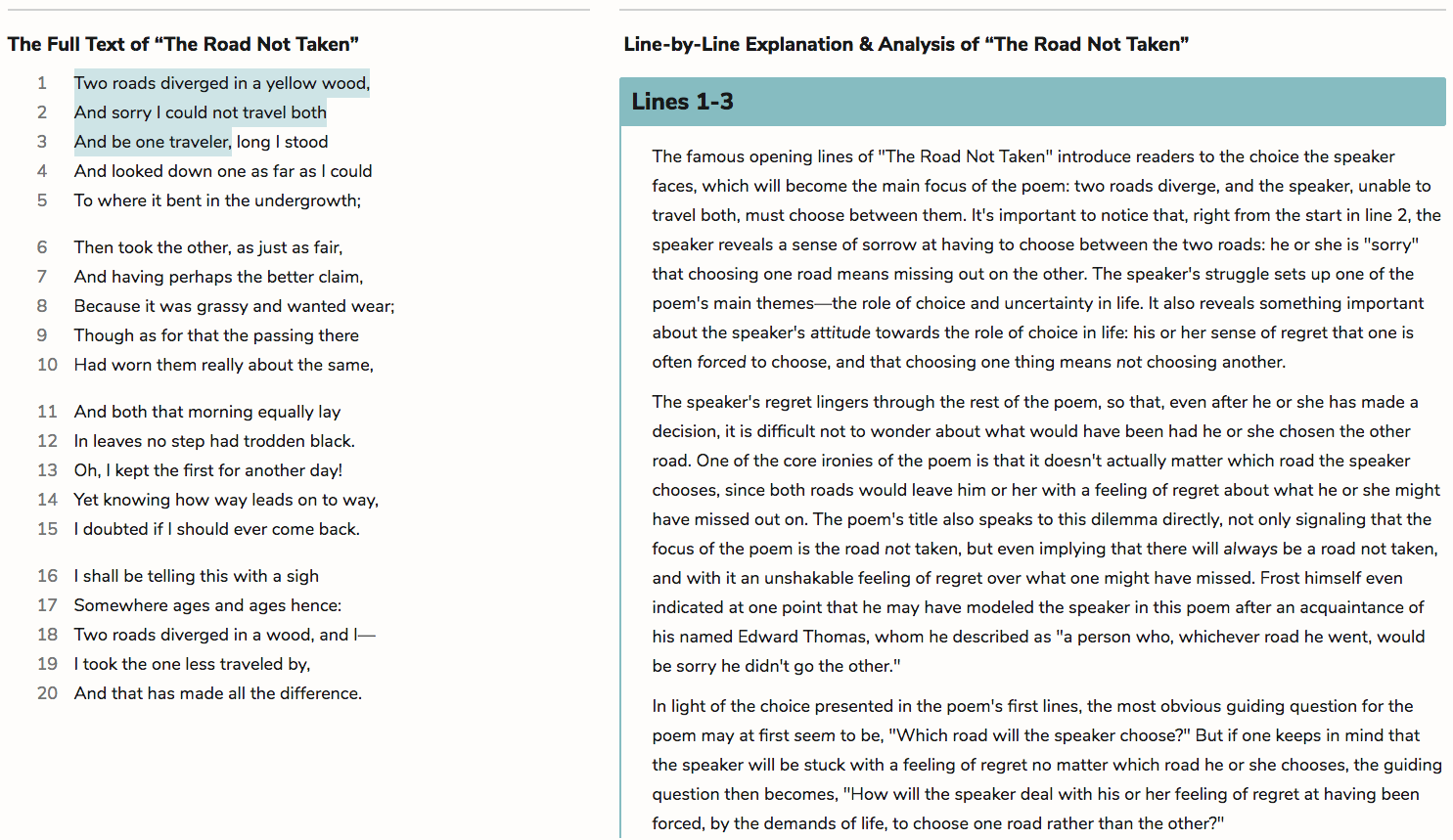- All's Well That Ends Well
- Antony and Cleopatra
- As You Like It
- The Comedy of Errors
- Coriolanus
- Cymbeline
- Hamlet
- Henry IV, Part 1
- Henry IV, Part 2
- Henry V
- Henry VI, Part 1
- Henry VI, Part 2
- Henry VI, Part 3
- Henry VIII
- Julius Caesar
- King John
- King Lear
- Love's Labor's Lost
- A Lover's Complaint
- Macbeth
- Measure for Measure
- The Merchant of Venice
- The Merry Wives of Windsor
- A Midsummer Night's Dream
- Much Ado About Nothing
- Othello
- Pericles
- The Rape of Lucrece
- Richard II
- Richard III
- Romeo and Juliet
- Shakespeare's Sonnets
- The Taming of the Shrew
- The Tempest
- Timon of Athens
- Titus Andronicus
- Troilus and Cressida
- Twelfth Night
- The Two Gentlemen of Verona
- Venus and Adonis
- The Winter's Tale
Marlow reflects on the falseness of the Brickmaker, an agent who never in fact makes bricks but is more likely the spy of the General Manager. Here the Brickmaker tries to extract information from Marlow on Kurtz and on those who sent both of them to the Congo.
Whereas Marlow could certainly be intimidated by the Brickmaker, he finds him relatively easy to understand and defend against. The Brickmaker is a "Mephistopheles," another term for the devil, but also made out of “papier-mâché”: material mixed of pulp and adhesive and used to cover up structures or make hollow figures. Marlow…


